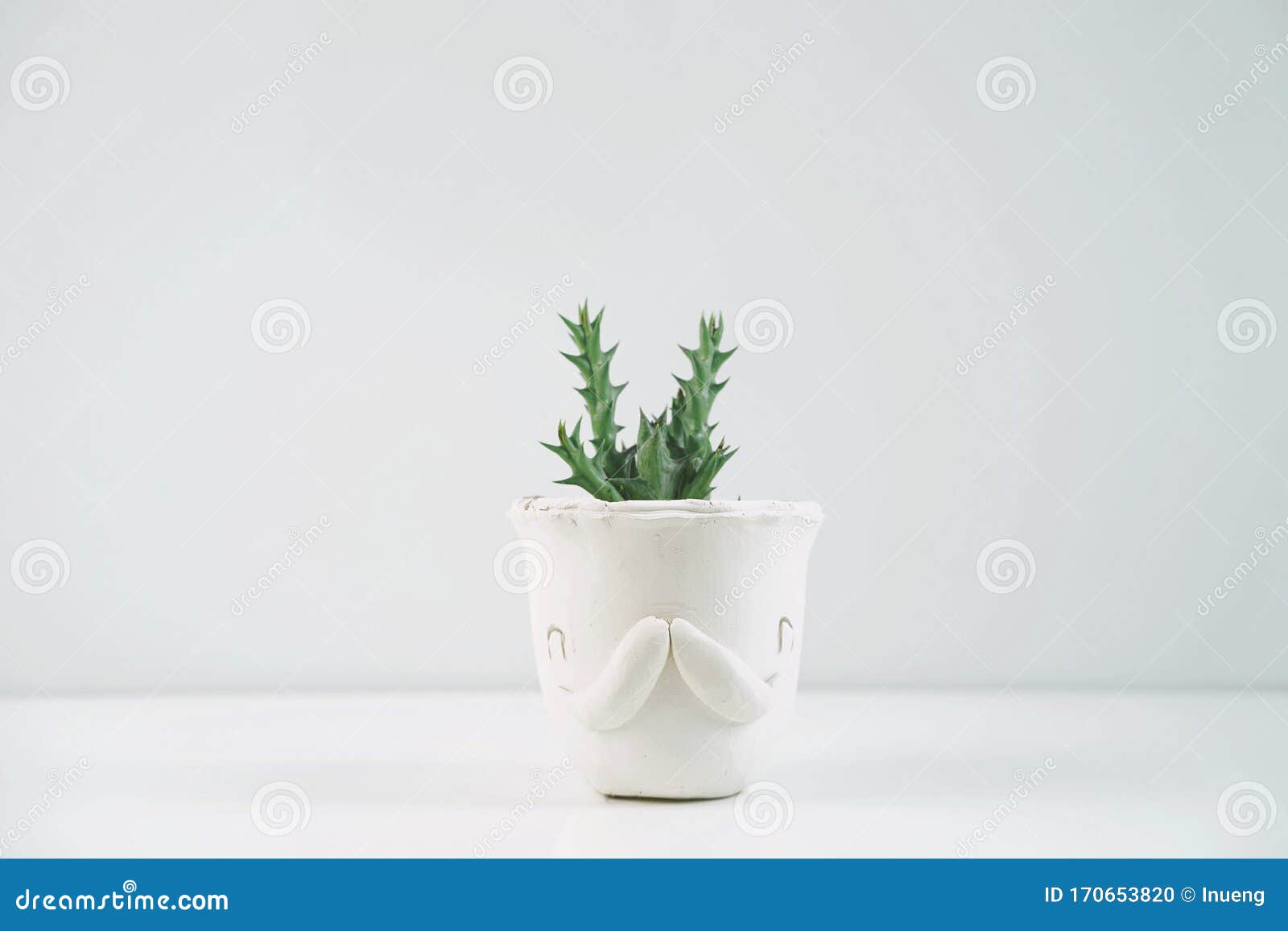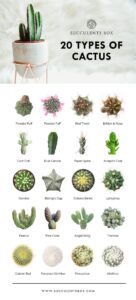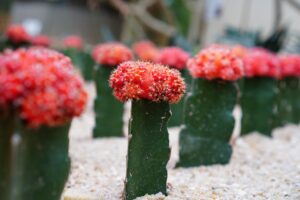Cacti are a remarkable group of plants, evolved to thrive in some of the most arid environments on Earth. Choosing the right container for these resilient plants is paramount to their success. Among various options, clay pots stand out as an exemplary choice for cultivating cacti. This article delves into the myriad benefits of using clay pots for cacti, exploring the physical properties of clay, its aesthetic appeal, and the considerations needed for optimal plant health.
Clay pots have been utilized for centuries for a multitude of plant species, but they offer distinct advantages specifically for cactus cultivation. The porous nature of clay facilitates essential properties that align brilliantly with the natural requirements of these succulents.
Understanding the interaction between clay and cacti necessitates a closer examination of soil moisture management. Cacti, as drought-resistant plants, possess adaptations that allow them to store water within their tissues, making them less reliant on frequent watering. This characteristic emphasizes the significance of well-draining soil and containers that do not retain excessive moisture.
Porosity and Aeration: The Breath of Life
Arguably, one of the most critical advantages of clay pots is their porosity. Unlike plastic containers, clay pots are permeable to air and moisture. This unique characteristic promotes a balance between soil moisture and air circulation, which is crucial for the health of cactus roots.
When water is applied, clay material allows for evaporation through its walls. This function helps prevent the roots from sitting in stagnant water, a condition that can lead to root rot, a common peril for cacti. The natural braking mechanism that clay provides enables the roots to access both moisture and oxygen, thereby fostering robust root development.
Furthermore, the microenvironment created by the porous walls allows beneficial microorganisms to colonize the root zone, contributing to a healthier plant ecosystem. It’s essential to acknowledge that a thriving root system is the foundation for a healthy cactus.
Thermal Regulation: A Shield Against Extremes
Clay also has remarkable thermal properties. As a natural insulator, it helps regulate soil temperatures effectively. During the day, clay pots absorb heat, which subsequently radiates into the soil, keeping it warmer during cooler nights. This temperature modulation is beneficial, particularly for cacti, many of which are found in regions with significant temperature fluctuations between day and night.
Moreover, in extremely hot conditions, the cooling effect of evaporation from the pot’s surface can help maintain a more favorable environment for the roots. This protective property makes clay pots an advantageous choice, especially for gardeners living in regions that experience dramatic temperature shifts.
Aesthetic Qualities: Beauty in Simplicity
Beyond the practical benefits, clay pots also lend themselves to an aesthetic appeal that enhances any indoor or outdoor setting. Their earthy tones and textures complement the natural beauty of cacti, allowing them to shine as focal points in any arrangement. From traditional terracotta variations to modern glazed designs, the selection is diverse, catering to various stylistic preferences.
Additionally, the visual contrast between the cactus’ spiky silhouette and the smooth, unassuming surface of the clay pot creates an enchanting display. This aspect is often overlooked but plays a significant role in how cacti are perceived in home decor. The integration of clay pots into the home environment can encourage plant enthusiasts to create striking combinations that elevate their indoor green spaces.
Watering Regimen: The Dance of Hydration
While clay pots offer numerous benefits, understanding the watering regime specific to cacti in clay containers is of utmost importance. The porous nature of the material means that water can evaporate quickly, which necessitates a careful approach to irrigation.
It is vital to adopt a watering schedule that takes into account the plant’s specific needs and environmental conditions. Cacti generally prefer dry conditions, so it is advisable to allow the soil to dry out substantially between watering sessions. This practice minimizes the risk of overwatering, which can lead to root rot—a significant concern for cacti enthusiasts.
Moreover, during the dormant winter months, adjustments to the watering frequency should be made; many cacti require even less water during this period. Observing the moisture level and the condition of the plant is crucial for successful cultivation. The interaction between clay pots and cacti invites a learning journey, honing skills in plant care.
Conclusion: The Ideal Match for Cacti Enthusiasts
In conclusion, clay pots prove to be a highly suitable option for cactus cultivation. Their porous nature fosters optimal moisture management and root aeration. The thermal regulation offered by clay protects cacti from temperature extremes while enhancing their aesthetic presence. However, responsible watering techniques must be cultivated to ensure the health of these resilient plants. Overall, selecting clay pots is a decision that brings practicality and beauty, making it an excellent choice for both novice and experienced cactus aficionados alike.





Leave a Comment